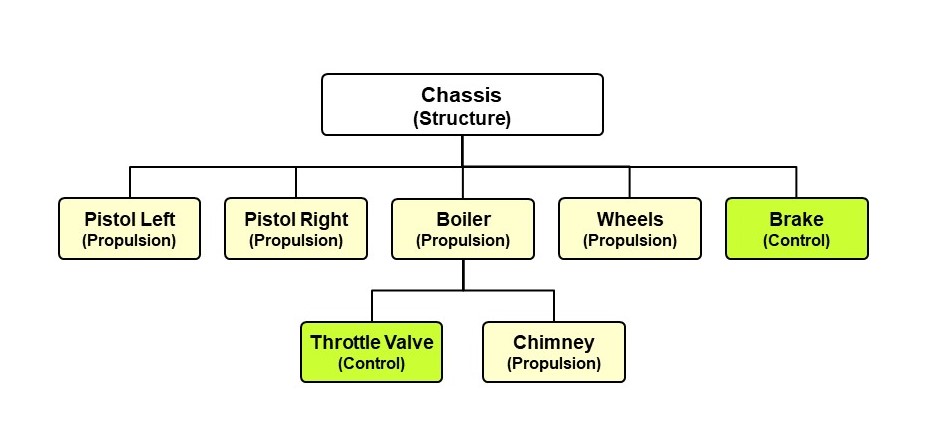The Rocket Steam Locomotive
The world’s first steam locomotive built to carry passengers on a public rail line, was created in 1829 and called “The Rocket” it was designed by British engineer Robert Stephenson.
The Rocket weighed 4.3 tonnes, had a maximum speed of 48 km/h (30 mph) and had a boiler pressure of 340 kPa (50 pounds per square inch). It was was the first to combine several innovations in a way that created the most advanced locomotive of its day, the design was so influential that it became the design template for most steam locomotives over the subsequent 150 years.
The innovations included: the use of a single pair of drive wheels to reduce overall weight; the boiler contained multiple exhaust gas tubes to increase the speed of water heating; together with a blastpipe that fed exhaust steam from the drive cylinders into the base of the chimney to increase the volume of hot gas drawn from the firebox through the water boiler.
Systems engineering and modular design skills can be used to create a simple design of this iconic locomotive. Try the following:
- Chassis (structural system);
- Boiler (propulsion);
- Two identical steam pistons (propulsion);
- Chimney (propulsion);
- Wheels (propulsion);
- Throttle valve (control) and;
- Brakes (control).
The Rocket was built to compete in a competition called the Rainhill Trials that was organised by the Liverpool and Manchester Railway (L&MR). It was built at the Forth Street Works of Robert Stephenson’s company in Newcastle upon Tyne and can now be seen (picture) in the UK’s National Railway Museum (York). The secret of its success was, the many innovations incorporated into its design.
System Diagram
Here’s an example system diagram – your output from the Product Designer tool should look similar to this!

